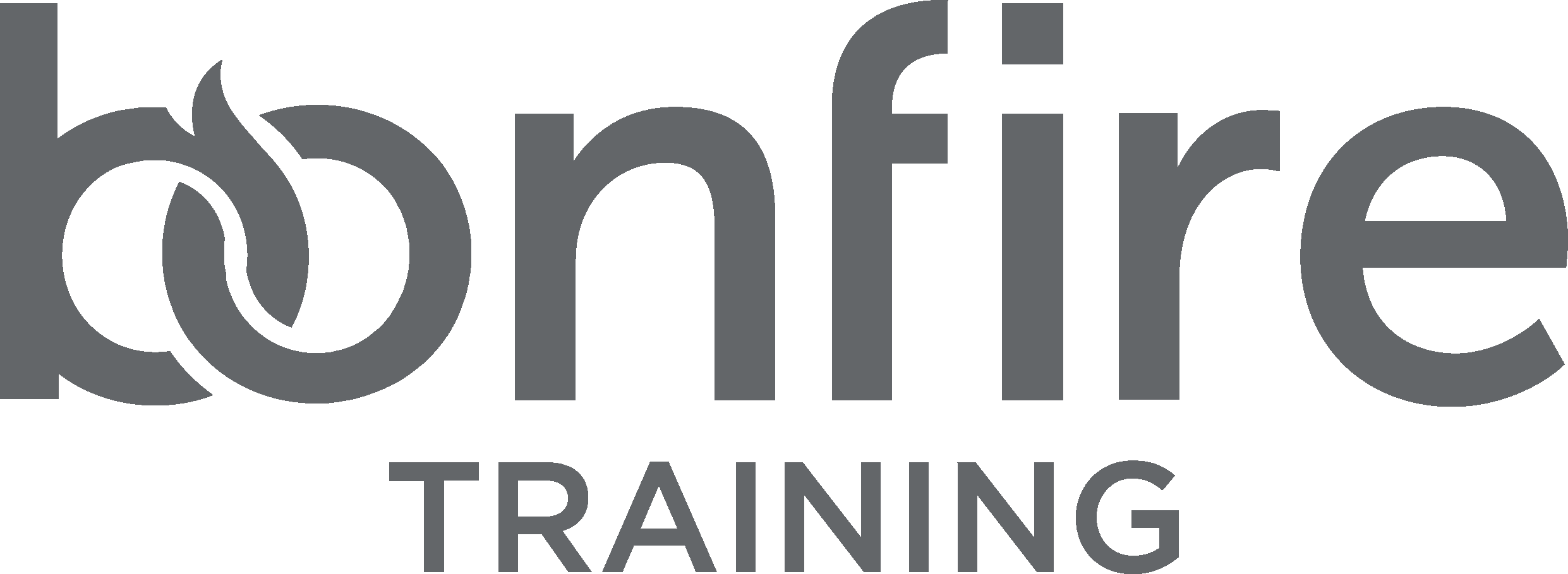Embarking on a journey through the complexities of business writing is like navigating a linguistic labyrinth. Put another way, in a business setting, clear messaging and good grammar are very important and can sometimes be confusing. So, grab your grammatical compass, and let’s decode the nuances that elevate your business writing to a whole new level.
- Regards, With Regard to/In Regard to (Regarding):
Business communication thrives on courtesy and formality. “Regards” is a courteous expression of good wishes, often used in formal correspondence. For instance, “Give my regards to the team.” When delving into the heart of matters, there is no “s” on the end of “regard”, and “With Regard to/In Regard to (Regarding)” is employed to draw attention to specific topics or issues. For example, “I’m calling with/in regard to your inquiry.” Or “I’m calling regarding your inquiry.” This formal expression ensures that your communication remains respectful and precise. - Affect, Effect:
The dynamic duo of “affect” and “effect” often perplexes business writers. “Affect” is a verb, denoting the act of influencing or producing a change. In the business context, one might say, “The economic downturn did not significantly affect our sales.” On the other hand, “effect” is a noun, representing the result or outcome of an action. For example, “Implementing the new strategy had a positive effect on employee morale.” - Accept, Except:
In the realm of business, clarity is paramount. “Accept” and “except” may sound similar, but they play vastly different roles. “Accept” means to receive or agree: crucial for acknowledging invitations or proposals such as “I accept your terms”. On the flip side, “except” is the keyword for exclusions, often used when specifying limitations or exceptions, such as “This movie was great except the ending was odd.” - Advise, Advice:
As you tread through the landscape of business consultations, understanding “advise” and “advice” is crucial. “Advise” is a verb, involving the act of providing information or counsel. For instance, a legal expert might “advise” you on navigating the complexities of corporate law, and one might say, “I strongly advise against that.” Conversely, “advice” is the noun form, representing the information or counsel itself, dispensed by professionals to aid decision-making, like “This is my advice.” - It’s, Its:
In the fast-paced world of business writing, brevity is a virtue. “It’s” is a contraction of “it is” or “it has,” serving as a concise way to express ideas. For example, “It’s listed at the top of the shipping bill.” On the other hand, “its” is the possessive form, indicating ownership or belonging, such as “My tree loses its leaves in Fall.” Using the correct form ensures that your business documents are polished and professional. - Lose, Loose:
In the dynamic environment of business, precision is vital to prevent misunderstandings. “Lose” is a verb, signifying the failure to keep or maintain something. For instance, “Did you lose your keys?” On the flip side, “loose” is an adjective, describing something not rigidly fastened or securely attached. For example, “Your shoelaces look like they’re loose.” In the context of business, it’s essential to use the correct term to convey your message accurately. - Their, There, They’re:
Navigating the trio of “their,” “there,” and “they’re” is essential for clear business communication. “Their” is a possessive pronoun, indicating ownership by a group. For example, “Their sales figures surpassed expectations.” “There” denotes a location or a point in a presentation. In a business context, it could be used as, “The solution is over there.” Finally, “they’re” is a contraction of “they are,” providing a concise way to express actions or characteristics of a group. For instance, “They’re implementing a new software system.” - Your, You’re:
In the professional realm, choosing between “your” and “you’re” can make or break the clarity of your communication. “Your” is a possessive pronoun, indicating ownership or association. For example, “Your feedback is valuable.” On the other hand, “you’re” is the contraction of “you are,” serving as a concise way to express actions or qualities. For instance, “Do you know when you’re going to submit the report?” Ensuring the correct usage enhances the professionalism of your business writing. - Farther, Further:
In the business arena, precision in language is the key to effective communication. “Farther” refers to physical distance, making it relevant when discussing the reach or extension of a product or service. One could say “The location is farther than we thought.” On the contrary, “further” indicates a greater degree, often used when delving deeper into topics or extending investigations, such as “Let’s discuss this further.” Mastering the usage of these terms ensures that your business reports and communication are both accurate and impactful.
As you traverse the labyrinth of business writing, consider grammar your trusty guide. Mastering these nuances is not just about following rules; it’s about enhancing your ability to communicate effectively in a professional setting. So, let your words be the compass that guides your readers through the complexities of business language with precision and clarity.
Want to save this information for later? Download the job aid!

